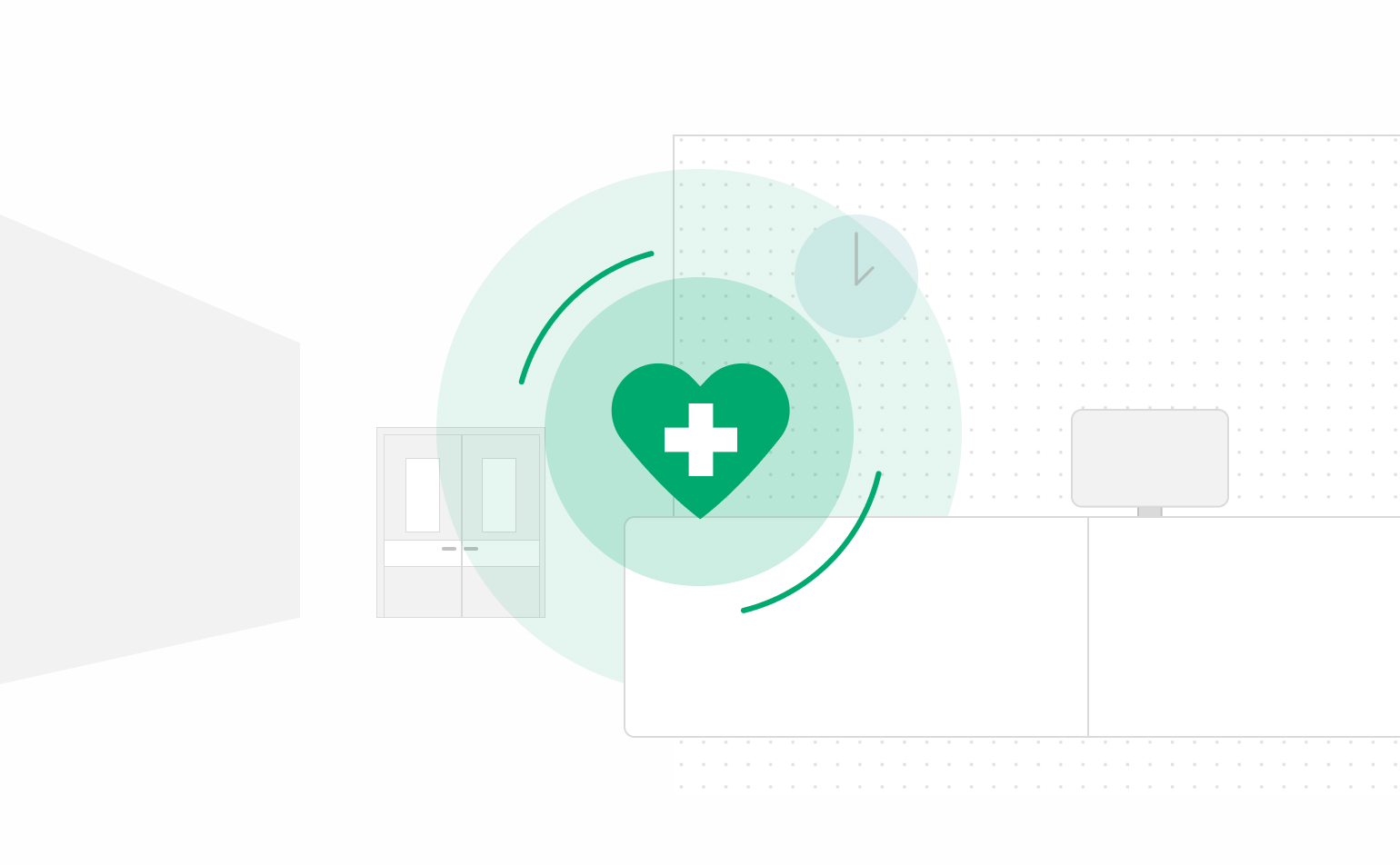
The better the research, the better your plan. Combining the hard-and-fast numbers-driven data points of quantitative research with the broader “why” and “how” questions of qualitative research sets you up to make well-informed decisions that truly speak to the problem at hand.
That said, to some, qualitative research can feel squishy and daunting. Protocols as rigid as a survey will prevent truly illuminating findings from surfacing, but also, going in with too loose a plan can lead to time-wasting or significant gaps in findings.
At Grand Studio, answering juicy qualitative research questions is among our favorite things to do. We start by working with clients to understand the decisions they’re trying to make, then co-craft a plan to help answer those questions. While every research plan is uniquely informed by the context and questions surrounding it, we have a few best practices to share.
Best Practice #1: (Really, Really) Know Your Research Questions
We know this one sounds obvious, but this is a common problem we run into with clients. They’ll have a general sense of what they want to learn about but haven’t yet distilled these into concrete research questions that can keep teams on track in the field.
Stakeholders who’ve been steeped in a problem for some time can probably rattle off the most critical research questions on the fly. But when they aren’t concretized into a clear list, things can get lost in translation when more people get involved. Researchers constantly encounter twists and turns out in the wild, and their clear understanding of the research goals can be the difference between a smart on-the-fly adjustment and a wasted day.
We’ve also seen situations where the research goals are made clear at one point, but as folks get wrapped up in the work and adapt to surprises, the initial need can get lost in the mix. As pedantic as it may be, we recommend putting the research questions at the center of every research check-in and synthesis meeting. “How are we progressing along our goal of learning X, Y, and Z?” Impossibly simple, but the benefit cannot be overstated.
Best Practice #2: Be Wary of Shortcuts
Life gets busy, and shortcuts can be tempting, especially when your research questions are so vast. Every day, there is slick new technology released, promising to enhance and streamline your qualitative research. We’ve looked at every piece of technology that’s come our way and tried out a lot of the new tools, Ray-Ban Stories and dScout’s diary study tools. While some are helpful augmentation tools, nothing we’ve found is a viable replacement for on-the-ground research.
The bread and butter of qualitative research is talking to humans, and there’s a reason for that. No matter how crunched your timeline, be suspicious of things that try to steer you away from that.
Best Practice #3: Choose Your Methodology Wisely
There is an art to choosing a research methodology that is nearly as critical as identifying your research questions. Once you’ve got a clear understanding of what you want to learn, you need to figure out the best way to learn it, and with whom. Say, for example, you’re doing a study on how people make decisions while grocery shopping. An interview may be able to tell you general things about how people shop. But when you’re on the ground, observing or doing shop-along, you’ll get so many details people would never have thought to tell you in an interview. Plus, the way people explain the why and how of what they did in the past can often be very different from what they say in the moment.
Perhaps the most tricky part of this is responding to inevitable restrictions that come up. Usually, there will be at least one or two feasibility or legal concerns that keep you from using your “dream” population. This requires you to get creative about how you can optimally answer your research questions using the tools you have. You don’t have to be in an exact real-life situation to get highly usable data.
One last point on methodology is to consider the reciprocity of the research. Sometimes, research questions may be sensitive, or catch people in a difficult moment in their lives. You don’t want to skip these perspectives, but you do want to be sensitive to them. For example, at one point, we collaborated with a client on a project to better serve the needs of cancer patients. With their support, we set up a table where patients could get free warm socks in exchange for their thoughts.
Best Practice #4: Go Wide, Wider Than You Think
One of our favorite parts of qualitative research is the surprise involved in answering such large-scale questions. But it’s also the trickiest because, by nature, one cannot entirely plan for surprises.
Knowing that, at the beginning of the research, you don’t know what you don’t know, we recommend casting a wide net. Talk to more types of people and roles than you think you need, especially if these people are easy to access. You don’t need to go overboard — just one or two sessions with a new type of participant can do the trick. We’ve made critical discoveries by taking the time to talk to someone slightly adjacent to the primary field of research who ended up having a great deal of insight into it. Go small at first, just to see if there are new stones worth turning over.
Best Practice #5: Always Stay Aware of Bias in Synthesis
There is no way around the fact that humans are biased, even researchers who try very hard to be objective.
We’ve found that the best way to introduce objectivity is not to push individual brains into objectivity, but to stack many ideas on top of one another. Try to use at least a few researchers, and gather their own unique perspectives on what they are seeing. Ideally, people from your organization should also review their findings and point out their own conclusions. Individually, no one’s perspective is objective. But when we see which trends emerge collectively, it’s more likely that they’ll be rooted in the actual research.
As is often the case with hard things, they frequently turn out to be the most worthwhile. Don’t be tempted to skip qualitative research if it sounds time-consuming, just make sure the research plan is well-matched to your timeline and budget. And, of course, we’re always here to help.
Got a qualitative research project you’d like to work together on? We’d love to hear from you.


